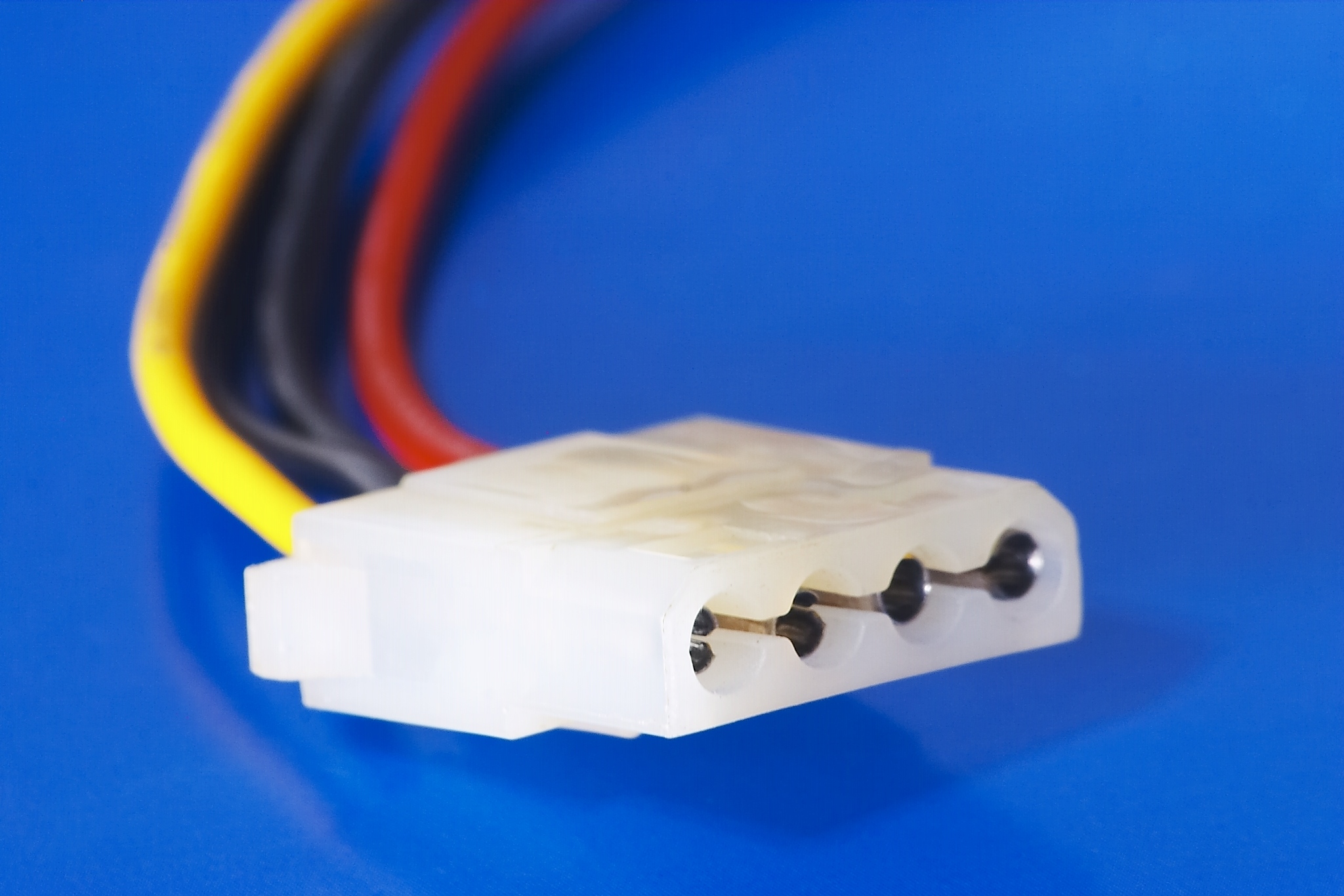

Only with a number does it refer to a specific standard, which includes connectors.īut no one remembers those numbers, so we say "DIN connector" and leave it to context.Īround consumer devices it most commonly refers to the members of a specific series of circular plug/sockets of similar design, that have a 13.2mm-diameter round metal friction locking shield. Right: 4-pin mini-DIN - see the next sectionĭIN refers to a whole standardization body.

Which allows them to add functionality over time. (The impedance of the microphone itself is considerably higher, and sense-wise acts as the default)Įverything else seems to be proprietary signaling, The buttons don't need extra wires in a TRRS plug because they'll be using different resistor values between mic and ground pins.Ġ.70 ohm Function A, play/pause/takecallġ10.180 ohm Function D, typically voice commands in the image on the right the screw-thread ring on this plug doesn't pull back so this particular plug won't plug properly into most other 3.5 sockets. I've also seen a variant of 3.5mm that can be screwed down, which is quite useful for use on stage where you don't want a yank to stop the music - yet e.g. Often carries consumer line level audio signals, or consumer microphone level when it involves microphones (often electret)Ģ.5mm Americans sometimes call this 3/32" (Sometimes phone connector but that suggests the 1/4" one)
MOLEX VSAMP PRO
Used for guitars, pro line level (balanced or not), and sometimes for consumer headphonesģ.5mm Americans often refer to it as 1/8"īest known for three-band ( TRS) in headphones for stereo sound, then often referred to as audio jack, mini-jack, jack plug, stereo plug, and others. These days they are mostly seen in audio use, seemingly as something not so easy to break

Originates from the design of the first telephone exchanges ( verify), which is why this (particularly the mono, TS variant) is also called a phone connector The history of plugs like these is complex, and there are some leftovers today that use less usual variants.īut what you're most likely to meet is primarily: The 6.35mm was classically called phone connector (2-lead, TS) though perhaps the largest use today is guitars. The 3.5mm is often known as headphone jack, stereo jack (if TRS, or mono jack if TS), mini jack, or 3.5mm jack, and sometimes things like mini-phone. 'TRS' may be clearer when distinguishing it from plugs in similar use, but the everyday names we use are more specific - and somewhat regional. Mixed use (analog, digital, home electronics, audio) TRS (Tip, Ring, Sleeve) and variations 16.1.4.5 Flat no-leads package, Micro Leadframe.16.1.4.4 PLCC (Plastic Leaded Chip Carrier).16.1.4.3.1 SOIC (Small-Outline Integrated Circuit).16.1.3 Packages, roughly from fewer to more leads.16 Mounts, chip carriers, packages, board connectors.15.1.4 Test hooks / pincer clips / IC grabbers.15.1.2 Crocodile clips / Alligator clips.12 Power - industrial and multiphase interconnects.11.5 Type A, Type B, household NEMA variants, JISC C 8303 Class II.11.3 Other, non-earthed European plugs: Type C, Europlug, CEE 7/16, CEE 7/17.10 Mains power - wire-to-wire connectors.9.1.3.3 More specific, less standard (car, low voltage/data).9.1.3.2.3 Combined Charging System (CCS).9.1.1 DC connectors, EIAJ power, coaxial and more.8.7 U.FL / MHF / I-PEX / IPAX / IPX / AMC / UMCC.7.3 Memory Stick (Duo, Pro, Micro (M2), etc.).6.1 Modular connector (?P?C) Registered Jack.4.7.1 On Thunderbolt 3, USB3, and USB-C.4.3.3 Early CD drives: Panasonic, Sony, and Mitsumi.4.1.1 AMP/Molex power and Berg power connectors.2.7.11 Specialized or internal display connectors.2.7.2 MiniVGA, MiniDVI, MicroDVI, Mini DisplayPort.2.7 Digital video cables (high speed and/or uncompressed).1.1 TRS (Tip, Ring, Sleeve) and variations.1 Mixed use (analog, digital, home electronics, audio).


 0 kommentar(er)
0 kommentar(er)
